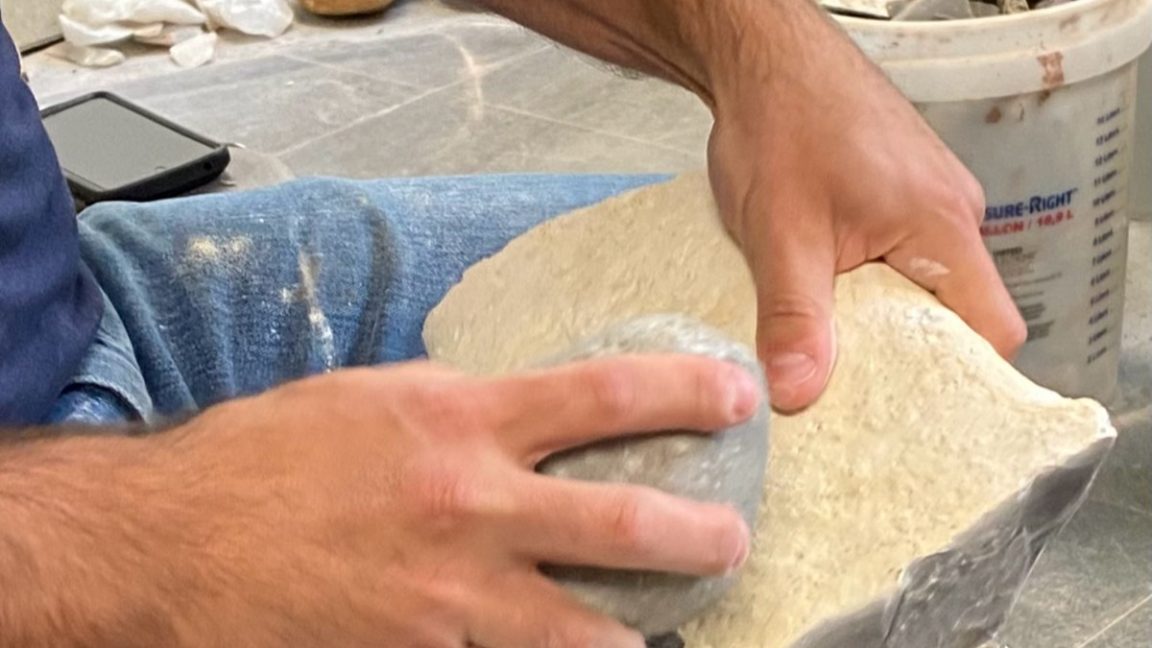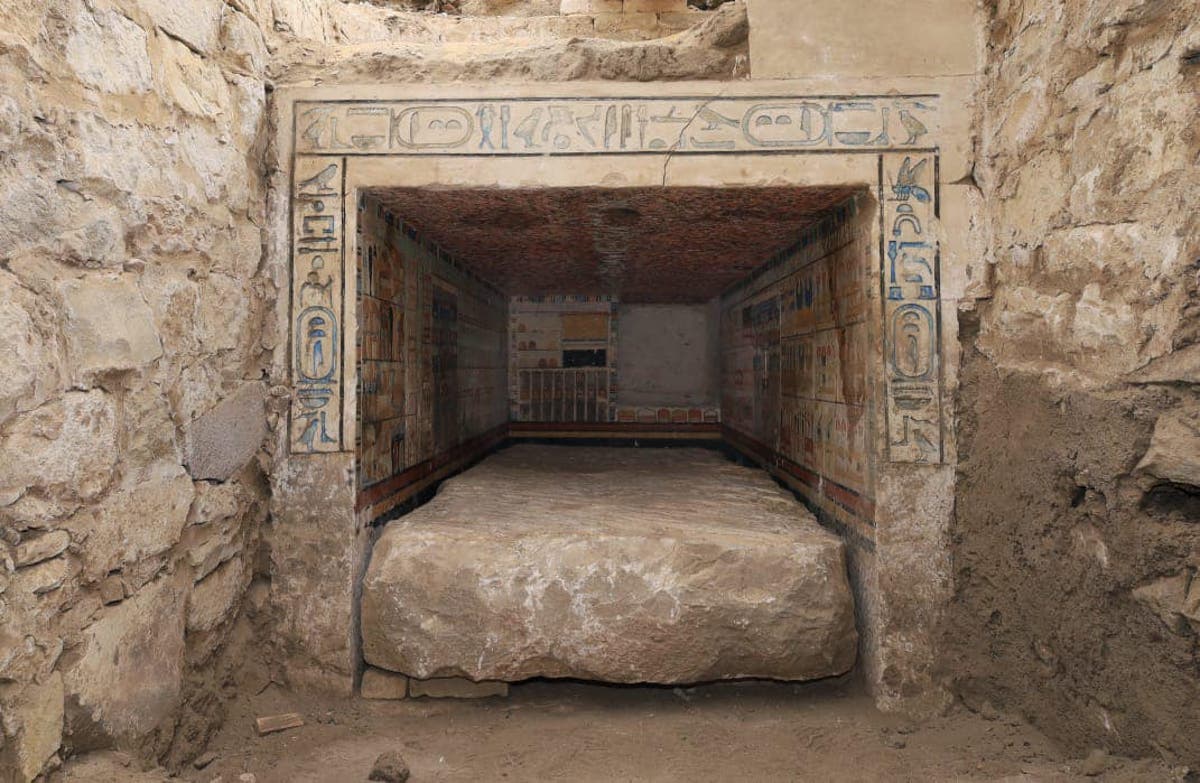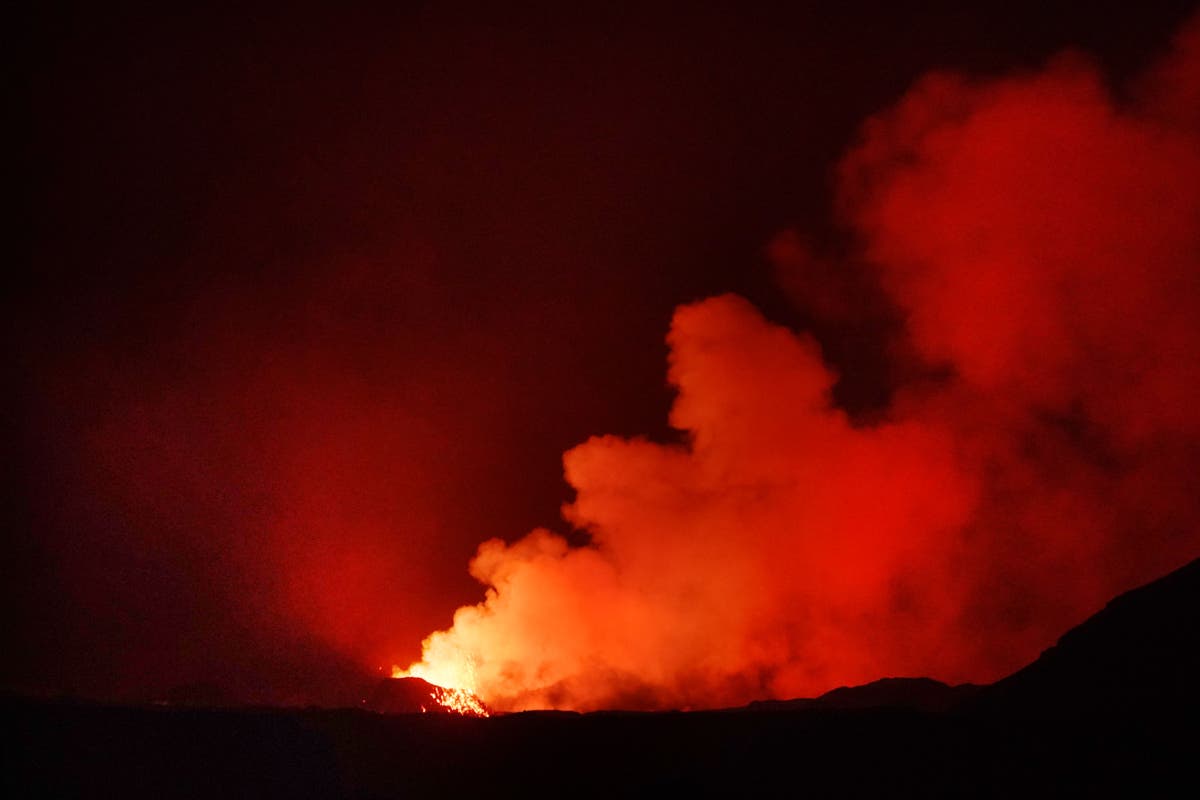Kent State University archaeologist Metin Eren is pushing the boundaries of his field by using experimental archaeology to recreate ancient technologies. Beyond simply identifying artifacts, Eren's work seeks to understand how these tools were made and used. His approach, blending hands-on skills with scientific rigor, challenges conventional archaeological methods.
Eren’s work goes beyond traditional archaeological digs. His lab conducts experiments to understand ancient processes, from crafting stone tools to butchering techniques. One notable experiment involved testing the viability of frozen feces knives, which while failing practically, did earn him an Ig Nobel Prize. These quirky projects often draw media attention but are rooted in serious scientific inquiry.
The lab publishes numerous papers annually, emphasizing that experimental archaeology is a rigorous science, akin to chemistry with hands-on testing rather than LARPing. Eren actively seeks students with diverse skills, like music or woodworking, and combines their expertise with scientific principles. This approach allows students to publish academic papers based on their unique capabilities.
Eren’s interest in experimental archaeology began with a curiosity about how archaeologists interpret artifacts. He questioned the conclusions drawn in the absence of direct evidence, sparking his desire to understand the functionality of ancient technologies. Under the mentorship of Ofer Bar-Yosef, he honed his flint-knapping skills and published his first paper while still in college.
Flint-knapping, the art of creating stone tools, is integral to Eren's work. His lab emphasizes the challenges of this process, noting the skill, precision, and risk involved. While Eren is an expert, it requires years of practice to master the nuances of stone shaping. He also points out the limitations of the field, including the problem of "the Poltergeist of the Unpreserved" which means the difficulty in replicating experiments because many components of ancient tools such as wooden handles, do not survive.
Another key concept in Eren’s research is “the Prevalence of Equifinality” where multiple processes can result in the same archaeological finds. For example, a Clovis point found near a mammoth could indicate that the tool was used to kill the animal, or it could have been used for butchering. His work challenges interpretations that rely solely on single-point explanations and emphasizes the need to consider multiple possibilities.
His lab has also conducted studies on spear-throwing, focusing on the use of atlatls, ancient spear-launching devices. These studies revealed surprising insights into the advantages and limitations of atlatls versus hand-thrown javelins, demonstrating how the tools can even the playing field between men and women, or be negatively impacted by height. Further experiments include ballistics tests, which challenge previous hypotheses about tool design and adhesion.
Most recently, Eren has expanded his research into forensics, studying bullet ricochet patterns. Inspired by ancient footprints at White Sands National Park, his research revealed the difficulty of determining bullet caliber through ricochet marks, highlighting the importance of examining null results in scientific inquiry.
Eren advocates for a more theoretical approach to archaeology, drawing on principles of cultural evolution. He views culture as socially transmitted information that evolves via Darwinian principles. This approach positions experimental archaeology as a key method for understanding the mechanisms behind cultural evolution and the function of ancient artifacts. He further believes that more replication studies are needed in the field to strengthen scientific claims.
Ultimately, Eren sees experimental archaeology as the future of the field. He stresses the importance of understanding how tools function and how they were made, particularly with the archaeological record being a finite resource. By blending practical skills with a commitment to scientific rigor, Eren and his team at Kent State University are transforming how we study the Stone Age, pushing beyond observation and towards comprehension.







